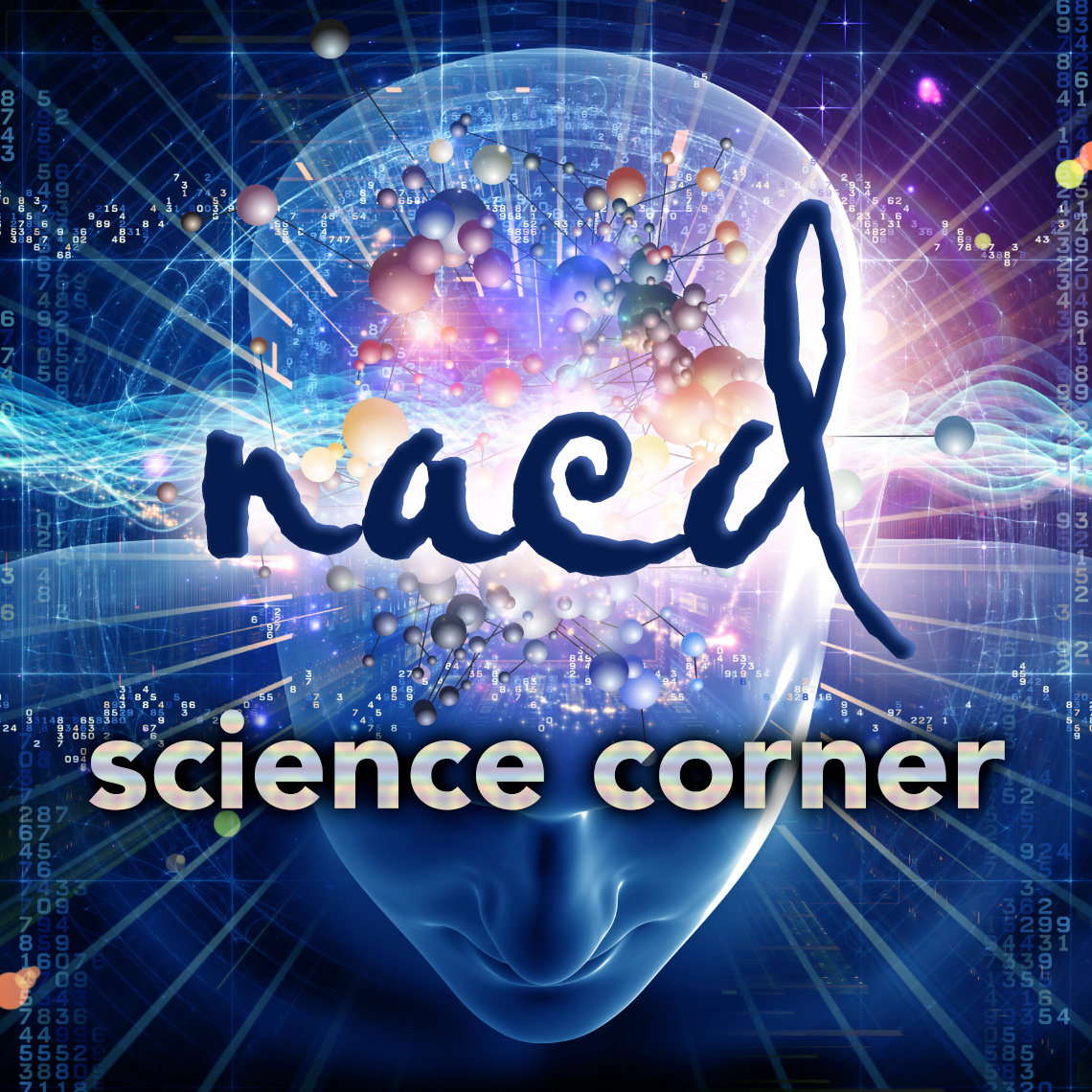Science Corner Vol. 6 – Optimal Outcome for a Diagnosis of Autism

 Historically, it has not been considered a “realistic” goal in the mainstream world for a child with autism to ever lose their diagnosis, let alone lose all the symptoms of Autism Spectrum Disorder and move completely into the non-autistic range of normal social interaction and communication. Although much recent research has documented individuals with ASD losing their diagnosis, there has been much debate as to whether these outcomes were perhaps due to misdiagnosis in the first place. The assumption is that there still must be significant residual autistic impairments in these individuals. However, a study was published in the Journal of Child Psychology and Psychiatry, reporting “the existence of a cohort who had clear autism at a young age and no longer demonstrated any significant autistic impairments.” This is the first research article of its kind, and it reported such a so-called “optimal outcome” for 34 of the individuals participating in the study!
Historically, it has not been considered a “realistic” goal in the mainstream world for a child with autism to ever lose their diagnosis, let alone lose all the symptoms of Autism Spectrum Disorder and move completely into the non-autistic range of normal social interaction and communication. Although much recent research has documented individuals with ASD losing their diagnosis, there has been much debate as to whether these outcomes were perhaps due to misdiagnosis in the first place. The assumption is that there still must be significant residual autistic impairments in these individuals. However, a study was published in the Journal of Child Psychology and Psychiatry, reporting “the existence of a cohort who had clear autism at a young age and no longer demonstrated any significant autistic impairments.” This is the first research article of its kind, and it reported such a so-called “optimal outcome” for 34 of the individuals participating in the study!
This is definitely a step in the right direction for the research literature on autism; but the researchers still noted that “the possible presence of subtle limitations or differences in social behavior, social cognition, communication, or executive functions; the biology of remediable autism; the course of improvement; and the necessary and sufficient conditions, including treatment, for such improvement,” still remain unknown to the research world of autism.
In contrast, NACD has been documenting hundreds of these so-called “optimal outcomes” over the last 40+ years, during our extensive experience of working closely with children and adults on the spectrum. These “optimal outcomes” are not new to us; and through our clinical perspective we already understand there is not “a” program that will achieve these goals. That is why NACD utilizes over 3,000 methodologies of treatment that may be used to assist any given individual, and why it is so important to work closely with each individual as a whole person.
Please click here to read more about NACD’s perspective on children labeled with autism.
Sources
Fein, D., et al. (2013). Optimal outcome in individuals with a history of autism. The Journal of Child Psychology and Psychiatry, 54(2), 195-205. doi:10.1111/jcpp.12037.





